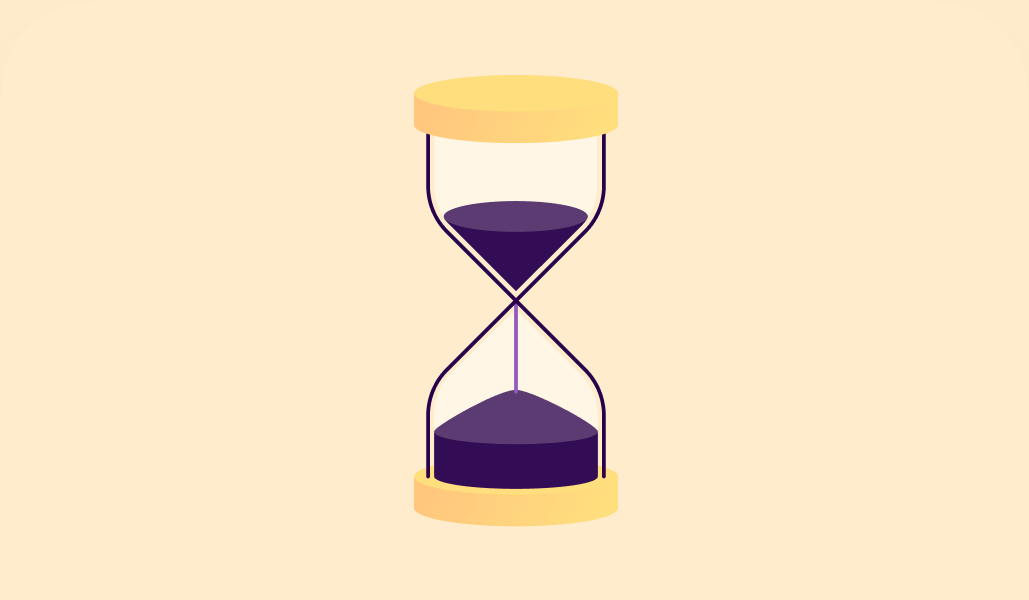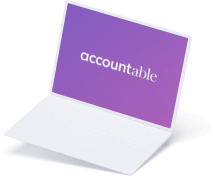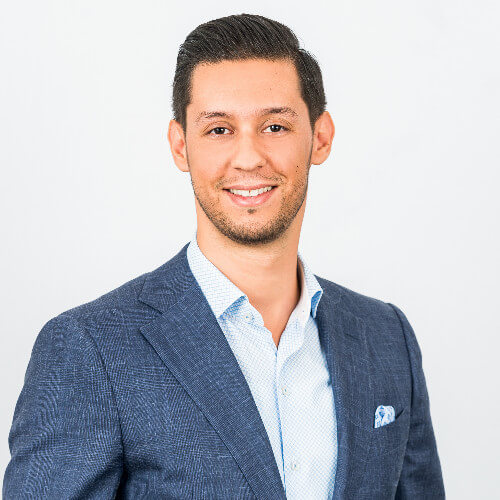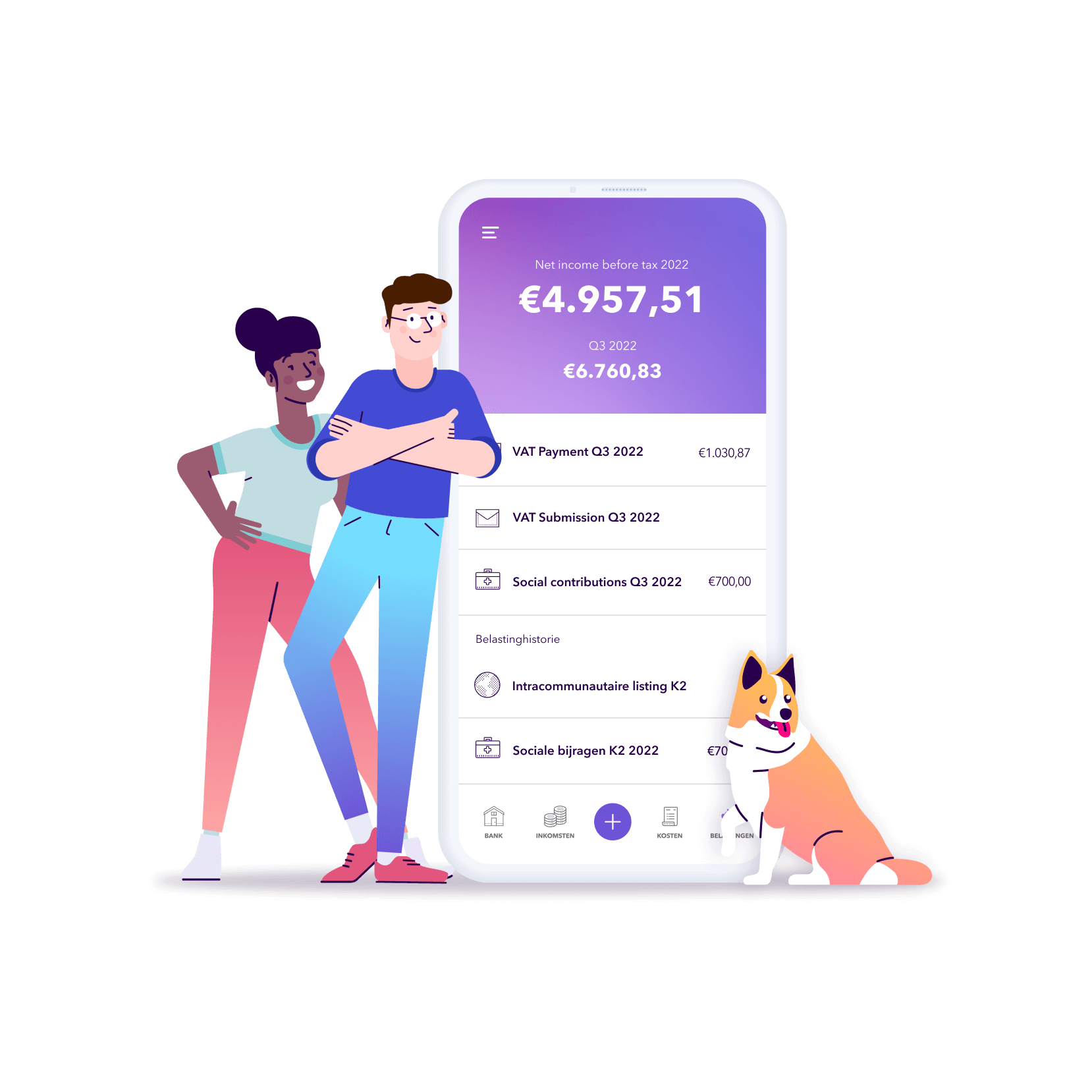
Ready to become self-employed in a secondary occupation?
Read in 4 minutes
Self-employed in a secondary occupation is a great way to test a new idea while staying focused on your full-time job.
It is also how you can generate some revenue from a hobby, or even make ends meet.
More importantly, self-employed in a secondary occupation is a status: a self-employed in a secondary occupation already has another status, another occupation that guarantees his or her social rights.
We explain all about it.
Are you a self-employed in a secondary occupation 🙋♂️ ?
You could be:
- Part-time employee (at least half-time)
- Teacher for at least 50% of a full schedule (if you are not yet appointed by the Ministry of Education) or 60% of a full-time schedule (if you are appointed by the Ministry of Education)
- In early retirement
- Unemployed and the ONEM/RVA allows you to pursue a secondary occupation: in the frame of the Tremplin indépendant/Springplank, you remain entitled to your unemployment benefits for twelve months while being self-employed in a secondary occupation.
- Benefiting from an indemnity of your mutual insurance (this indemnity is linked to a job as an employee prior to the incapacity).
AND
- Self-employed in a secondary occupation
Otherwise, you are a full-time self-employed. As such, you acquire and maintain social coverage through his/her self-employed activity. A self-employed in a secondary occupation acquires social coverage through his/her main status, be it, employee, retired, unemployed, under the mutual insurance.
Social contributions for self-employed as a secondary occupation 🤝
You do not acquire social coverage through your activity in secondary occupation.
Yet you have to pay social contributions, for solidarity purposes.
Social contributions for self-employed in a secondary occupation amount to 20,5% of their revenues. This is the same proportion as the one applied to full-time self-employed.
When starting, it is not easy to predict revenues with certainty: self-employed in a secondary occupation can opt for provisional, minimal, social contributions of €82,84, equivalent to 20,5% of a yearly revenue of €1.553,58.
If you assume that your yearly revenues will exceed that amount, adapt your social contributions immediately. This is how you avoid a (bad) surprise two years later, as the tax administration shares your actual revenues with your social insurance fund.
Alternatively, if your revenue as complementary self-employed is under €1.553,58 (2021), you would be reimbursed of your provisional social contributions.
Accountable helps you estimate the amount of social contributions you should pay: go to the “taxes” screen, “social contributions” part. Once you have answered a couple of questions, that part of the app will provide you with the exact amount of social contributions that you should pay every trimester to avoid a bad surprise in two years from now.
Increased workload, increased revenues, increased… taxes 💪
Belgian taxes increase in parallel with your salary level. The revenue from your secondary occupation comes on top of your salary.
It is likely that these additional revenues fall into a higher tax bracket and are taxed at the highest marginal rate. In order to avoid such an escalation, you should carefully capture your professional expenses.
Flat-rate professional expenses? Good news for SOME of you⚡
Since 2018, all self-employed (natural persons) are allowed to opt for flat-rate professional expenses, instead of actual professional expenses.
With flat-rate professional expenses, you no longer think about your receipts.
You simply deduct €4810 (revenues of 2019) of your earnings. On top of that, you can deduct your social contributions and material purchase.
It is up to you to determine what is most advantageous for you. Flat-rate professional expenses are mostly good for self-employed workers who have very limited professional expenses. With actual professional expenses, you impact directly your tax base. The risk of falling into a higher tax bracket is under your control.
If you do not include professional expenses, tax authorities will take into account by default flat-rate professional expenses.
Become self-employed, step by step ✍️
No matter whether you are part or full-time self-employed, you have to complete specific steps before starting. You should register with the Crossroad Bank of Enterprises, pay for it (€90.5 in 2021). You also must register with a Social Security Fund. If you want one, you need to ask for a VAT number. We also recommend you to open a bank account specifically dedicated to your freelance activities. If you are a legal person, you are obliged to do so.
You can register as a self-employed within Accountable in a couple of swipes.
If you become a full-time self-employed, that new status applies from the first day of the quarter where the change took place.
E.g.: you leave your job as an employee on February 15th and become full-time self-employed then. You will be considered as a full-time self-employed from January 1st.
If you become self-employed in a secondary occupation, that new status applies from the first day of the quarter that follows the change in status.
E.g: From full-time self-employed worker, you become an employee and a self-employed in a secondary occupation on December 1, 2018. You will be considered as a self-employed as a secondary occupation from January 1, 2019. You will pay the social contributions of a full-time self-employed for the entire last quarter of 2018.
Whether you switch from part-time to full-time self-employed or the other way around, make sure to notify your Social Insurance Funds within 15 days.
💡 VAT
If your yearly revenues are under €,25.000 you can opt for the VAT exemption scheme. You do not have to charge VAT to your clients, you do not have to submit a VAT return. On the other hand, you are not allowed to deduct VAT on your suppliers’ invoices.
Before taking a decision, ⏸️ and go through this check-list ⏯️
- As a self-employed as a secondary occupation, will I remain competitive compared to competitors who are full-time self-employed?
- Am I sure that I am not competing with my employer?
- Does my professional and private lives leave me enough time and mental space to start a secondary occupation?
If you answer “yes” to all three questions… we wish you a great time as a self-employed in a secondary occupation!
Did you find what you were looking for?
Happy to hear!
Stay in the know! Leave your email to get notified about updates and our latest tips for freelancers like you.
We’re sorry to hear that.
Can you specify why this article wasn’t helpful for you?
Thank you for your response. 💜
We value your feedback and will use it to optimise our content.










